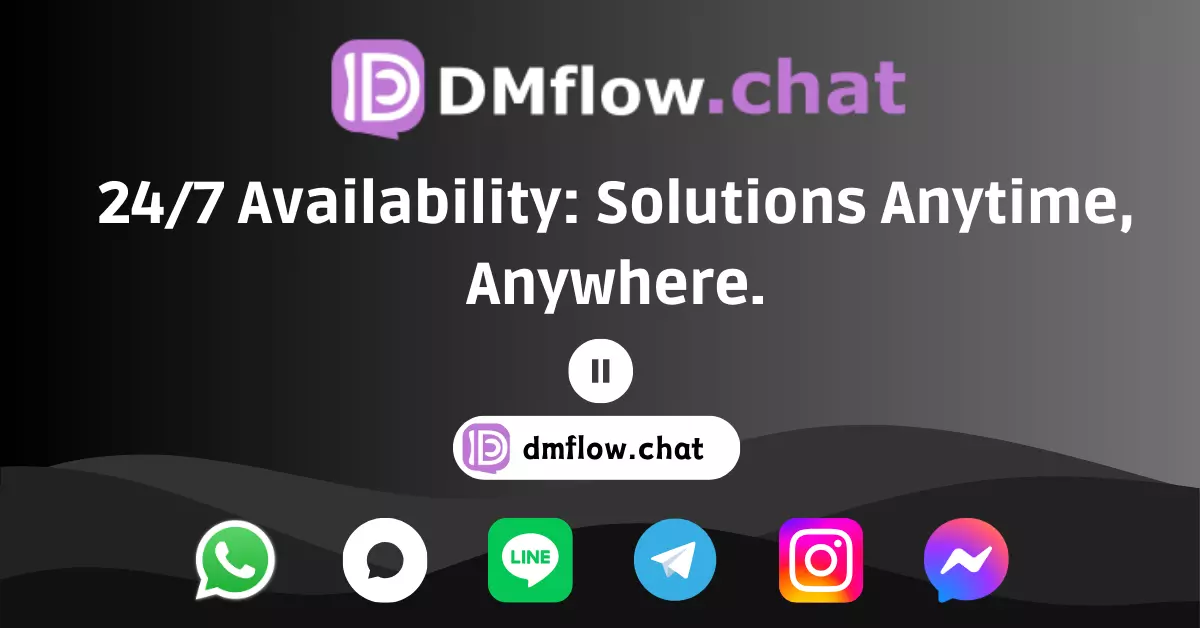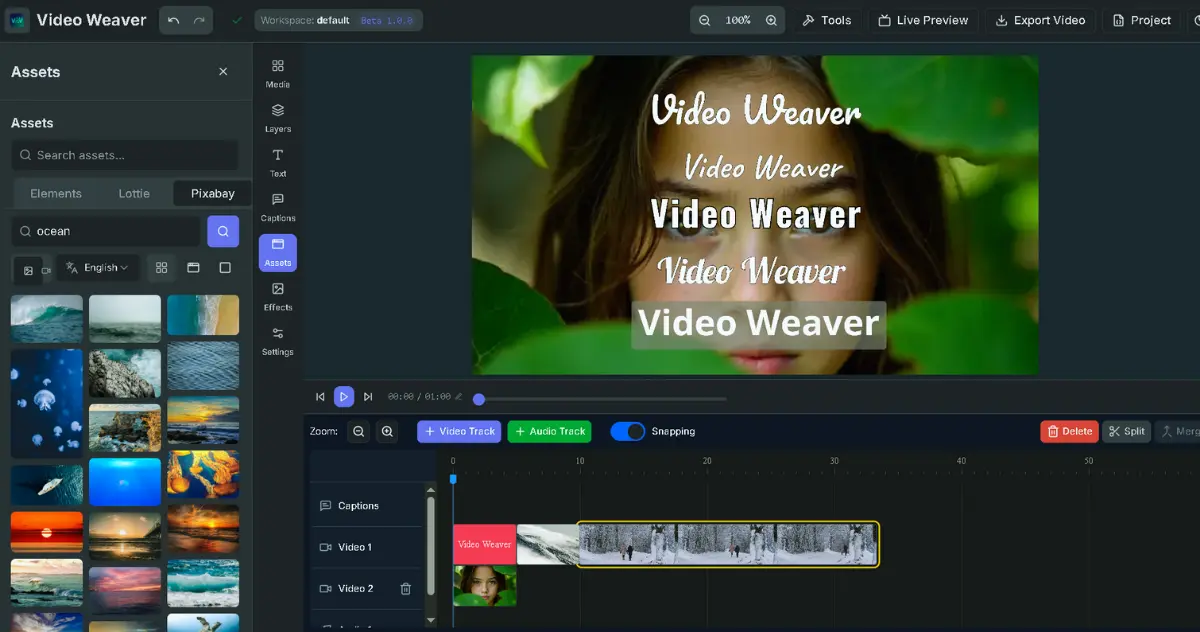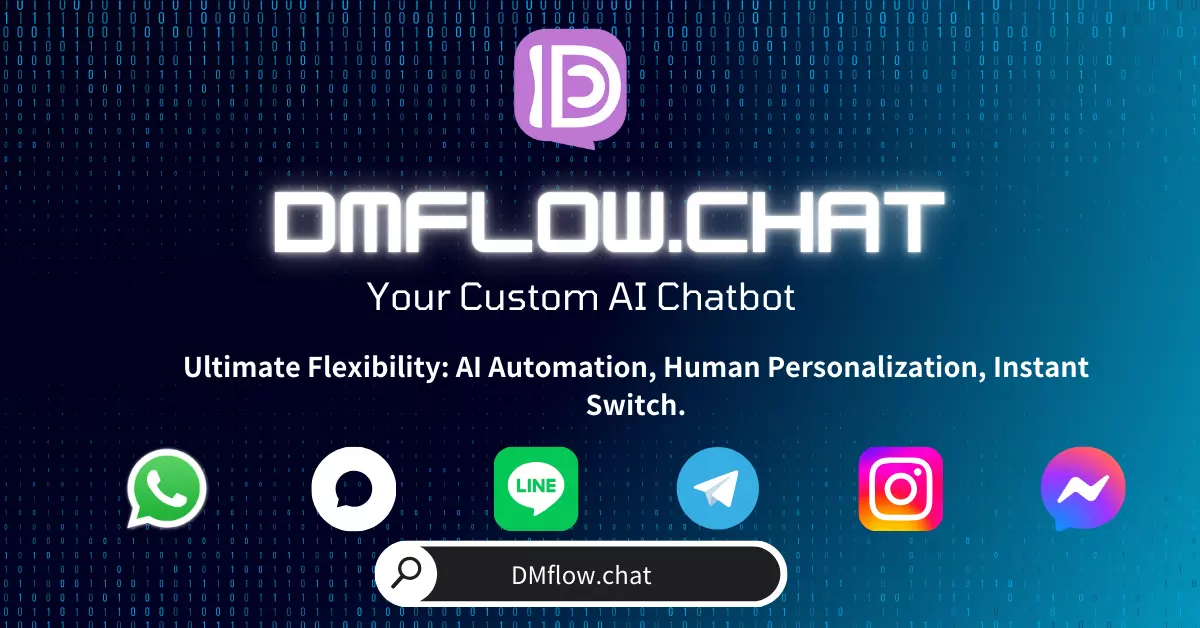Rasa 2025 Fully Explained - From Open Source Pioneer to Enterprise AI Platform with the CALM Revolution
Rasa is no longer the simple open-source framework it once was. With the introduction of the CALM architecture and Flows, Rasa has undergone its most transformative shift ever. This article provides an in-depth analysis of Rasa’s core technologies and product ecosystem in 2025, and how this Large Language Model (LLM) driven revolution is enabling enterprises to build next-generation conversational AI that is both intelligent and reliable.
Foreword: The Metamorphosis of Rasa, a Carefully Planned AI Revolution
If your impression of Rasa is still that of a powerful but labor-intensive open-source framework that requires extensive manual annotation of intents and writing of dialogue scripts (stories), then prepare to have your perception updated. Between 2024 and 2025, Rasa has undergone a profound transformation, evolving from a developer-centric tool into a comprehensive enterprise-grade conversational AI platform.
At the heart of this revolution is a new architecture called CALM (Conversational AI with Language Models). It is not just a technological upgrade, but a complete paradigm shift. Rasa has not chosen to become another simple wrapper for Large Language Models (LLMs). Instead, it has thoughtfully integrated the powerful understanding capabilities of LLMs with the determinism, security, and controllability essential for enterprise applications.
This article will give you a comprehensive overview of Rasa in 2025. Whether you are a seasoned developer, a technology decision-maker, or a conversation designer, you will be able to grasp Rasa’s latest developments and future potential.
A Quick Clarification: rasa.com vs. rasa.io
Before we begin, it is essential to clarify a common point of confusion. This article discusses the conversational AI platform developed by Rasa Technologies GmbH, whose official website is rasa.com. You may also come across a website called rasa.io, which is a completely unrelated AI email marketing platform. Please be sure to distinguish between them. All of our subsequent content will revolve around the Rasa ecosystem of rasa.com.
Paradigm Shift: Why the CALM Architecture Changes Everything
To understand the importance of CALM, we must first look back at the “traditional” Rasa development model.
In the past, the core tasks of a developer building a Rasa bot were:
- Predicting user intents: To anticipate as much as possible what users might say and classify these utterances into predefined “intents”.
- Providing numerous examples: To provide dozens or even hundreds of training examples for each intent.
- Writing dialogue paths: To meticulously map out all possible conversation flows using “stories” and “rules”.
This approach offered a high degree of control, but its drawbacks were also quite apparent—it was very “brittle”. As soon as a user’s query or conversation flow deviated from the predefined script, the system was prone to errors. As conversations became more complex, maintaining thousands of intents and stories became a nightmare.
The emergence of the CALM architecture is precisely to solve this fundamental problem.
The Design Philosophy of CALM: Striking the Perfect Balance Between Flexibility and Control
CALM aims to fuse the powerful semantic understanding capabilities of LLMs with the deterministic business logic control required for enterprise applications. It cleverly strikes a balance between two extremes:
- Avoiding the unpredictability of pure LLMs: Chatbots that rely purely on LLMs are prone to “hallucinations” and can produce nonsensical responses in critical business situations, which is unacceptable for enterprises.
- Overcoming the rigidity of traditional NLU: CALM utilizes LLMs to understand unexpected inputs, making conversations more fluid and natural, and less likely to get “stuck”.
Rasa’s CALM architecture, through its ingenious “separation of concerns” design, leverages the power of LLMs where it matters most, while ensuring the absolute controllability of core business processes.
The Three Pillars of CALM
- Dialogue Understanding: This is where LLMs are primarily utilized. When a user inputs a message, Rasa no longer just classifies it into a single intent. Instead, it uses an LLM to generate a set of structured “commands” within the full conversational context. For example, the sentence “Help me transfer $1000 to John” is deconstructed into machine-executable instructions such as “initiate the ’transfer’ process,” “set the ‘amount’ to 1000,” and “set the ‘recipient’ to John.”
- Dialogue Management: This is the part that ensures “control” and “determinism.” It receives the sequence of commands and executes them in a completely predictable manner, strictly following the business logic defined by the developer. This part does not rely on LLMs for guesswork, ensuring the accuracy of business processes.
- Contextual Response Rephraser: After determining the content of the response, this optional step can use an LLM to “polish” predefined responses. For example, the standard “Transaction completed” can be beautified into a more natural “Okay, your transfer of $1000 has been successfully completed!”. This step adds a human touch to the bot without altering the core business meaning.
This design provides a crucial sense of security for businesses that cannot afford their AI to “lose control” in front of customers.
Flows: The New Language for Defining Business Logic
With the introduction of the CALM architecture, Rasa has launched Flows, a new YAML-based structure that replaces the old Stories and Rules.
Flows fundamentally change the developer’s mental model: from “simulating all possible conversation paths” to focusing on “defining the logical steps required to complete a task.” This abstraction allows LLMs to handle the flexible variations in conversation, while developers only need to care about the core business process, significantly reducing the workload of training data and script writing.
A Flow is primarily composed of:
description: This is not just a comment! In the CALM architecture, the LLM directly analyzes this natural language description to determine when to trigger this Flow. This is a semantics-based trigger mechanism that is far more intelligent than traditional intent-based triggers.steps: Defines the execution sequence of the task, for example:collect: Asks the user a question to collect information (fill a slot).action: Executes a custom action (like calling an API) or sends a message.link: Links to another Flow, enabling modularity and reuse.if/else: Built-in explicit conditional branching, making complex logical judgments clearer than ever before.
What does this mean for development?
Imagine that in the past, to handle a process like “query order status, and if unpaid, guide to the payment page,” you would need to write multiple Stories to cover different scenarios. Now, you only need one Flow, which can be clearly defined with a few steps and an if/else condition. This is the power of Flows—structured, maintainable, and more powerful.
The Rasa 2025 Ecosystem: The Clearly Defined “Three Musketeers”
Built on the foundation of the CALM architecture, Rasa’s product ecosystem has also matured and become more clearly defined:
1. Rasa Open Source: The Stable and Secure Foundation
The strategic positioning of the open-source version is now very clear: to serve as the stable, reliable, and secure foundation for the entire ecosystem. Its update focus is no longer on flashy new features, but on strengthening the core. For example, in recent versions, the Rasa team has invested significant effort in fixing security vulnerabilities, even making breaking changes (such as replacing the risky pickle serialization method with the more secure safetensors) to prioritize security.
This provides a solid base for all Rasa applications.
2. Rasa Pro: The Engine of Enterprise Innovation
If the open-source version is the foundation, then Rasa Pro is the engine that drives innovation. All the most cutting-edge features, including:
- CALM and Flows architecture
- Advanced voice capabilities (e.g., deep integration with Genesys, Audiocodes)
- Enterprise-grade privacy controls (e.g., PII data anonymization)
These features are integrated into Rasa Pro, specifically designed to meet the needs of large-scale, high-risk enterprise applications.
3. Rasa Studio: The Bridge Connecting Design and Development
Rasa Studio has transformed in 2025 from a development support tool into the core collaboration hub of the platform. In particular, its Visual Flow Builder allows non-technical conversation designers and business analysts to intuitively design and understand complex Flows by dragging and dropping nodes.
In addition, rich response editing within the UI, integrated Prompt Engineering, and one-click voice testing have greatly lowered the development barrier, becoming a key bridge connecting design, business, and development teams, and effectively responding to the advantages of competitors like Botpress in visualization.
Rasa in 2025: A Re-evaluation of Pros and Cons
Based on these significant changes, we need to re-examine the pros and cons of Rasa.
Pros
- Unparalleled Control and Security: The CALM architecture leverages LLMs while keeping the core business logic firmly in the hands of developers, providing unique reliability.
- High Customizability and Data Privacy: The open-source nature gives you complete control over your code and data, which is crucial for industries with strict compliance requirements such as finance and healthcare.
- Improved Development Efficiency: Flows greatly simplify the definition of complex conversations, reduce maintenance costs, and enable teams to deliver value faster.
- Optimized Collaboration Experience: The mature Rasa Studio makes collaboration between cross-functional teams (design, product, development) smoother than ever before.
Cons
- The Learning Curve Still Exists: Although the need for extensive data annotation has been reduced, the new skill requirements have shifted to process modeling, business logic design, and prompt engineering, which places new demands on teams.
- Core Innovative Features Require Payment: The most revolutionary CALM architecture and advanced tools are concentrated in Rasa Pro, which means that to experience the full potential of Rasa, you need to consider licensing fees.
- The Need for Training Data Has Not Disappeared: Although the data requirements for “conversation paths” have been reduced, high-quality training data is still necessary to make NLU and dialogue understanding more accurate.
Frequently Asked Questions (FAQ)
Q1: Is Rasa still suitable for small businesses or personal projects?
A: Absolutely. Rasa Open Source is still free and powerful enough to handle many project needs. For small businesses, it can serve as a stable starting point. However, it is important to recognize that Rasa’s core competencies (CALM and Flows) are primarily embodied in Rasa Pro. When evaluating, businesses should consider the “Total Cost of Ownership (TCO)”. The development efficiency gains and reduced maintenance costs brought by Rasa Pro are likely to outweigh its licensing fees.
Q2: Do my existing Rasa bots, based on intents and stories, need to be completely rewritten?
A: No. Rasa provides a smooth migration path. You can use the nlu_trigger field in Flows to allow existing intents to continue triggering new, Flow-based logic. This means you can gradually refactor old Stories into Flows on a modular basis, rather than performing a high-risk “big bang” refactoring.
Q3: Compared to platforms like Google Dialogflow or Botpress, what are the core advantages of Rasa in 2025?
A:
- Compared to Dialogflow: Rasa offers unparalleled control, customization flexibility, and on-premise deployment capabilities, which are huge advantages in terms of data privacy and complex business logic.
- Compared to Botpress: Both originated from open source and are developer-oriented. But Rasa’s CALM architecture provides a new paradigm that natively integrates LLMs from the ground up, rather than just a mix of rules and AI. Rasa’s hybrid model provides intelligence while giving enterprises the “determinism” they value most.
Q4: Does Rasa support multiple languages?
A: Yes, Rasa has always had good support for multiple languages. You can use training data in any language to train your models. There are also community-developed extension packs and resources for specific languages (such as Chinese), like rasa_chinese and multilingual models like FastText.
Q5: Do I need to provide my own LLM when using Rasa Pro’s CALM architecture?
A: Rasa Pro provides seamless integration with major LLMs (such as OpenAI’s GPT series, Anthropic’s Claude series, etc.). You will need to provide the API key and related settings for your chosen LLM service in the Rasa Pro configuration. Rasa is responsible for calling these models and managing their operation within the CALM architecture, but you will still be responsible for the costs of using these external LLM services.
Conclusion: Intelligence and Trust, the Future of Rasa
In the wave of generative AI, Rasa has not lost its way, but has forged a unique and visionary path. Through the CALM architecture and Flows, Rasa has successfully combined the flexibility of LLMs with the reliability, security, and controllability required for enterprise software development.
It is no longer just a tool, but a mature platform that offers the market a clear choice: when you need to build a conversational AI application that is both intelligent and trustworthy, and capable of handling the most demanding business challenges, Rasa remains the most reliable choice.
Rasa in 2025 is ready to meet the challenges of the next generation of conversational AI. Are you ready?




